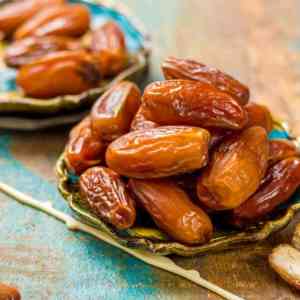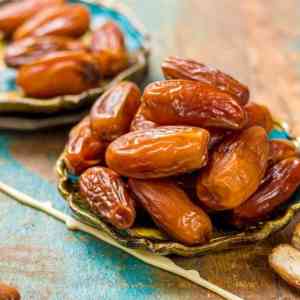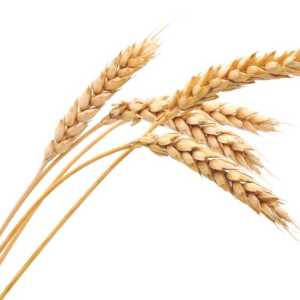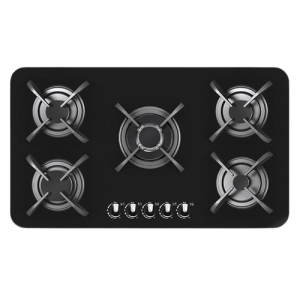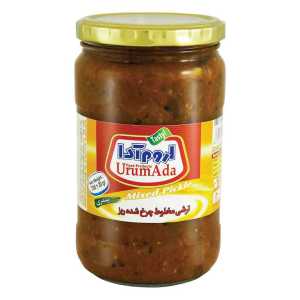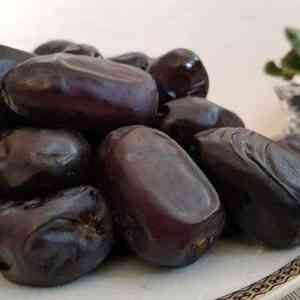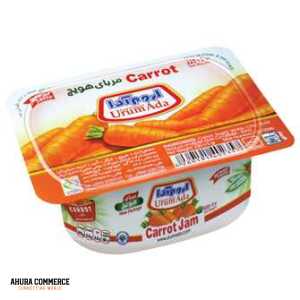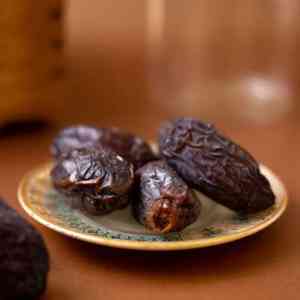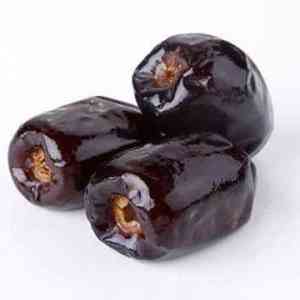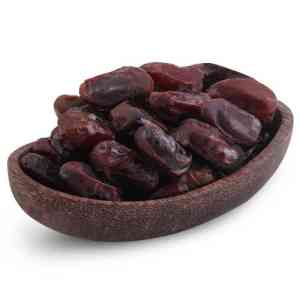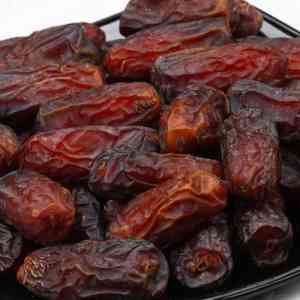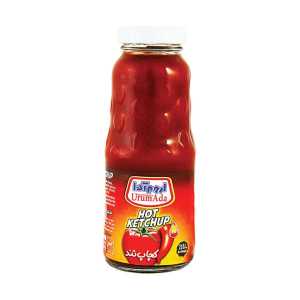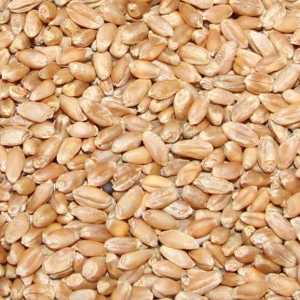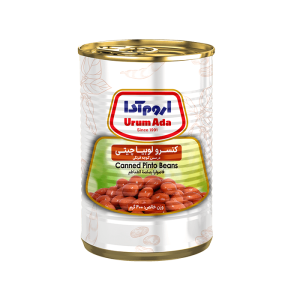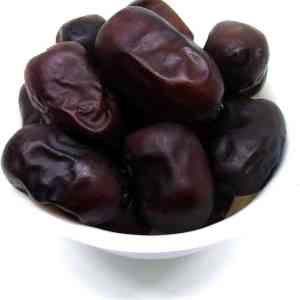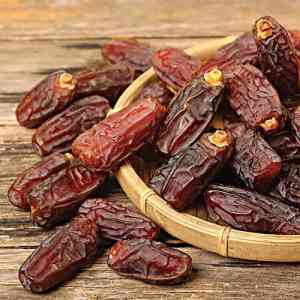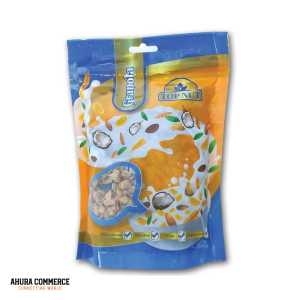Categories
- Agriculture
- Food and Beverage
- Cars and auto parts
- Electrics and Electronics
- Exchange
- Fashion and accessories
- Metallurgy Rubber & Plastics
- International Transportation
- Clothing, textiles
- Building Construction
- Chemicals
- Dairy
- Fruits and Vegetables
- Nuts and Spices
- Gifts and Toys
- Health and Beauty
- Home Appliances
- Livestock and poultry
- Machinery and Tools
- Row materials
- Office appliances
- Customs Clearance
- Home
- Nuts and Spices
- Iranian Saffron to Southeast Asia
Iranian Saffron to Southeast Asia
Description
Iranian Saffron to Southeast Asia: Unlocking New Opportunities
Southeast Asia, with its diverse and dynamic markets, represents a promising opportunity for exporting saffron from Iran. This region, known for its rich culinary traditions and growing consumer base, offers a fertile ground for introducing high-quality Iranian saffron. As Southeast Asia continues to evolve economically and culturally, the demand for premium and exotic ingredients is on the rise.
Why Southeast Asia is a Lucrative Market for Iranian Saffron
Several factors contribute to the attractiveness of Southeast Asia for Iranian saffron:
• Diverse Culinary Landscape: Southeast Asia’s culinary scene is known for its rich and varied flavors. Saffron’s unique taste and color can enhance traditional dishes and provide a touch of luxury to the region’s diverse cuisines.
• Economic Growth: Countries such as Thailand, Vietnam, and Indonesia are experiencing rapid economic growth, leading to increased consumer purchasing power. As incomes rise, there is a growing appetite for premium products like saffron.
• Health Trends: The focus on health and wellness is growing in Southeast Asia. Saffron’s health benefits, such as its antioxidant properties and potential mood-enhancing effects, align with this trend and appeal to health-conscious consumers.
Steps to Successfully Export Iranian Saffron to Southeast Asia
To export saffron from Iran to Southeast Asia, consider the following steps:
1. Understand Local Market Trends: Research the specific preferences and culinary practices in each Southeast Asian country. Tailor your saffron offerings to fit local tastes and culinary traditions.
2. Comply with Regulations: Each Southeast Asian country has its own food safety and import regulations. Ensure that your saffron meets these regulations to facilitate smooth market entry.
3. Build Local Relationships: Establish partnerships with local distributors, importers, and retailers who understand the Southeast Asian market. Their local expertise can help you navigate the market and reach your target audience.
4. Develop a Targeted Marketing Strategy: Highlight the unique attributes of Iranian saffron in your marketing campaigns. Emphasize its quality, authenticity, and health benefits to attract consumers in Southeast Asia.
Benefits of Exporting Iranian Saffron to Southeast Asia
Exporting saffron from Iran to Southeast Asia offers several benefits:
• Culinary Versatility: Saffron’s unique flavor and color can enhance a wide range of dishes, making it a valuable ingredient in Southeast Asian cuisine.
• Economic Potential: Economic growth in the region increases the demand for high-quality products, presenting opportunities for premium saffron.
• Health Appeal: The rising focus on health and wellness makes saffron’s natural benefits an attractive selling point for health-conscious consumers.
Challenges in Exporting to Southeast Asia
Challenges in exporting saffron to Southeast Asia include:
• Regulatory Compliance: Navigating the diverse food safety and import regulations across Southeast Asian countries can be complex. Ensuring compliance with local standards is essential for successful market entry.
• Market Competition: Differentiating your saffron from other premium products in the market requires effective branding and marketing strategies.
• Consumer Awareness: Educating consumers about the benefits and uses of saffron may be necessary to build awareness and increase demand.
Key Considerations for Market Entry
1. Local Preferences: Understanding local culinary preferences and integrating saffron into popular dishes can enhance its appeal. Consider collaborating with local chefs to showcase saffron’s versatility.
2. Partnerships with Local Influencers: Engaging with local food bloggers, chefs, and influencers can boost visibility and credibility. Hosting events or participating in food festivals can introduce saffron to a wider audience.
3. Pricing Strategy: Develop a pricing strategy that reflects the premium nature of saffron while considering local market conditions and consumer purchasing power.
4. Distribution Channels: Utilize a variety of distribution channels, including online platforms and specialty stores, to reach your target audience effectively.
Conclusion
Exporting saffron from Iran to Southeast Asia offers significant opportunities in a region with a growing appetite for premium and exotic ingredients. By understanding local market dynamics, ensuring regulatory compliance, and building strong local partnerships, businesses can successfully enter and thrive in this dynamic market. Tailoring your approach to the specific needs and preferences of Southeast Asian consumers will enhance your chances of success.
Location
Iranian Saffron to Southeast Asia

Ahura Commerce facilitates seamless international trade. Our platform empowers businesses of all sizes to navigate import/export regulations, connect with global partners, and optimize logistics. Leverage our expertise and network to achieve sustainable growth in today's interconnected marketplace.























